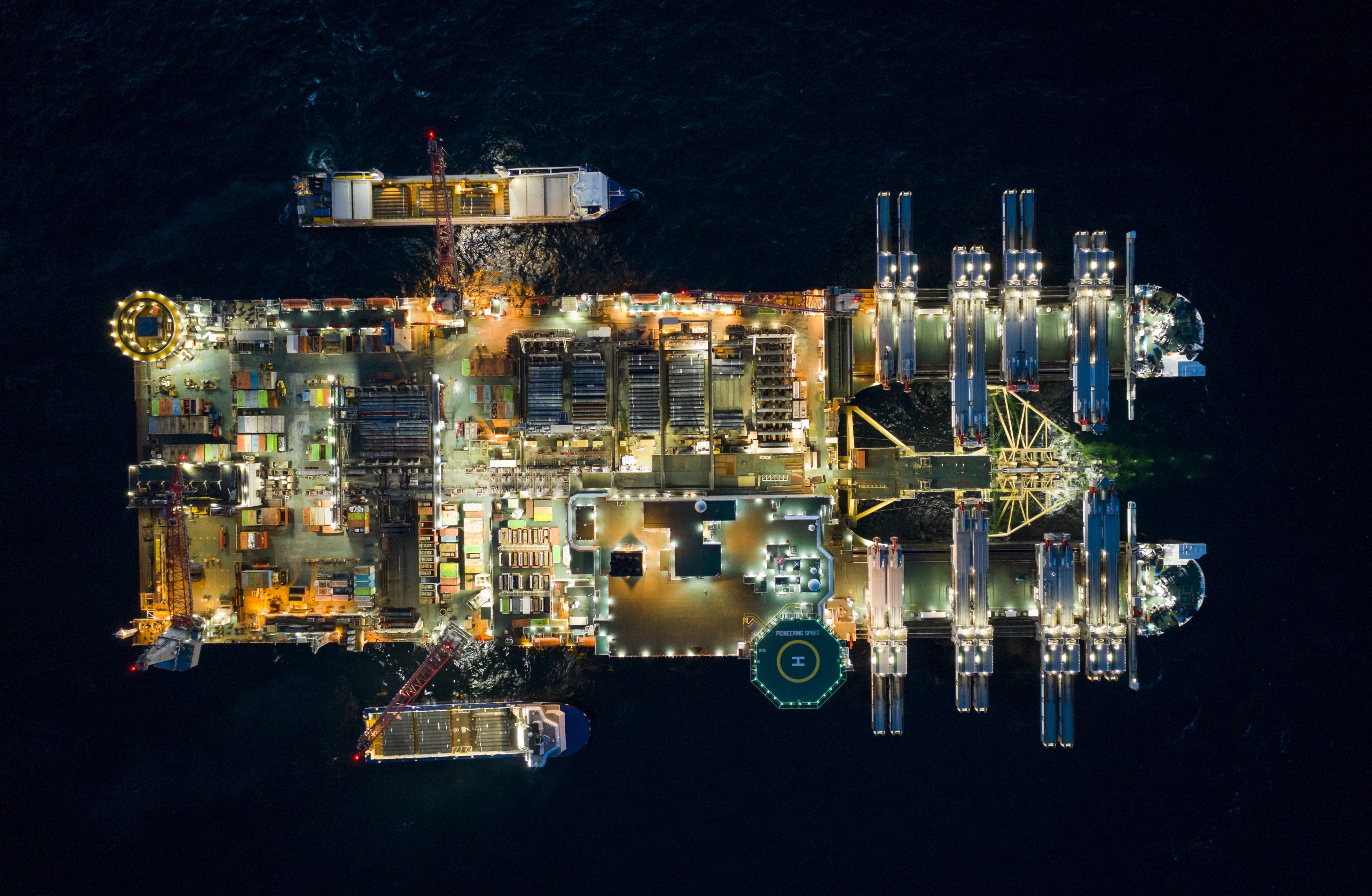Release
The Gazprom Management Committee reviewed the progress of the construction projects for the Nord Stream 2 and TurkStream export gas pipelines.
It was noted that both projects are going according to schedule.
To date, about 1,450 kilometers of the Nord Stream 2 pipeline, i.e. over 59 per cent of its total length, have been laid in the Baltic Sea. Pipelaying is currently underway in Finnish waters. In addition, onshore facilities are being built within the Russian and German sections.
In Russian territory, Gazprom continues its extensive efforts for the development of the northern gas transmission corridor, which will, inter alia, feed gas into Nord Stream 2.
Among other things, compressor shops are under construction at the Bovanenkovo – Ukhta 2 and Ukhta – Torzhok 2 gas pipelines. As part of the project for creating gas transmission capacities between Gryazovets and the Slavyanskaya compressor station (CS) in northwestern Russia, 858 kilometers of pipes have been welded within the 876-kilometer linear part, which is planned to go into operation this year. Works at the Slavyanskaya CS are in their final stage.
The meeting participants discussed the ongoing implementation of the TurkStream project. Pipelaying of the gas pipeline’s offshore section in the Black Sea has been finished. The Russkaya CS and the landfall section in Russia, currently in the start-up phase, are ready to operate. Meanwhile, a receiving terminal is being constructed in Turkey, with over 80 per cent of the construction and installation work already completed.
The Management Committee instructed the relevant subdivisions to continue implementing the projects.
Background
Nord Stream 2 is the construction project for a gas pipeline with the annual capacity of 55 billion cubic meters from Russia to Germany across the Baltic Sea. In 2017, Nord Stream 2 AG signed agreements with ENGIE, OMV, Royal Dutch Shell, Uniper, and Wintershall to provide financing for 50 per cent of the total cost of the project.
TurkStream is the project for an export gas pipeline stretching across the Black Sea from Russia to Turkey and further to Turkey’s border with neighboring countries. The first string of TurkStream is intended for Turkish consumers, while the second string will deliver gas to southern and southeastern Europe. Each string will have the throughput capacity of 15.75 billion cubic meters of gas per year.
